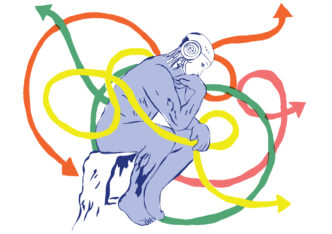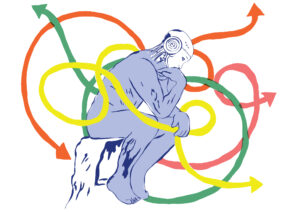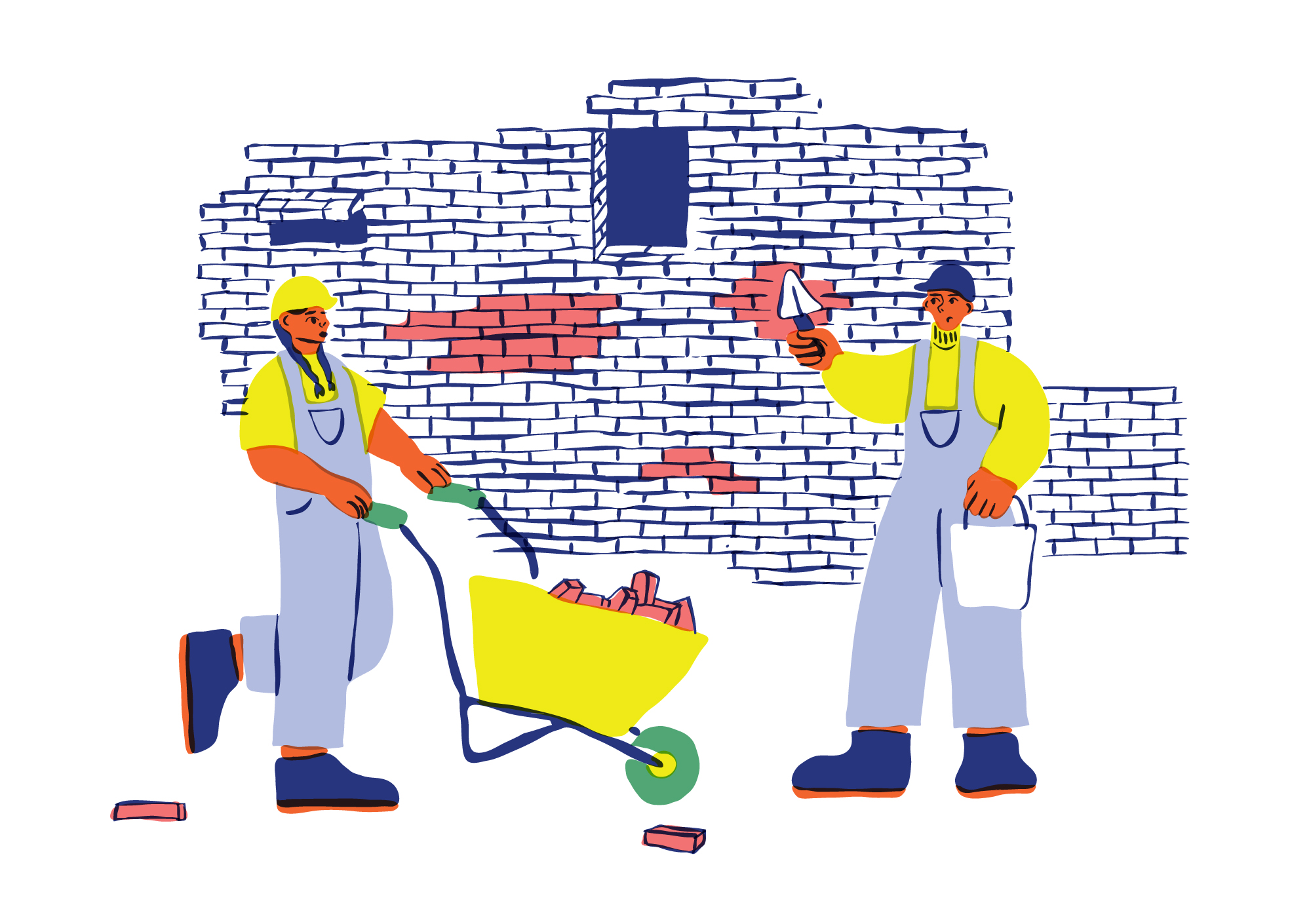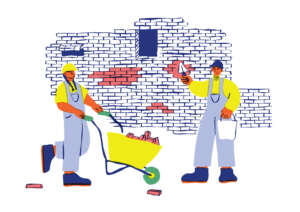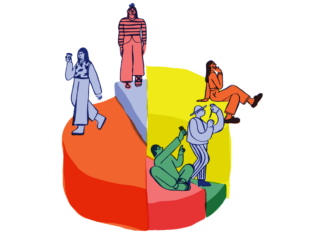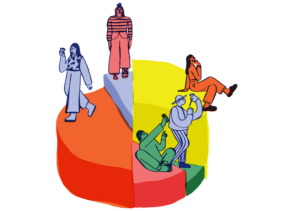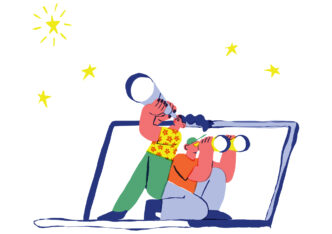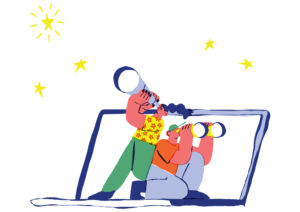

Noémie is an author, podcaster and independent consultant specializing in communities, brand content and brand strategy. She authored the book “Le pouvoir des communautés” (The Power of Communities”), published by Eyrolles in September 2023. Co-founder of Komuno, the first community building school in France, she is also the creator of The Storyline, a media magazine that explores the future of consumer habits - and their impact on brands. You can find her first article on The Audiencers, The Social Media Manager role is dead, long live the Community Builder! here.
In recent years, Starbucks’ market capitalization has exceeded $100,000 billion, joining the very private club of “hectocorns” (aka, unicorns on steroids – privately held startups valued at $100 billion). Faced with these impressive figures, it’s hard to believe that just 15 years ago, when Howard Schultz took over the reins, the American coffee giant was in dire financial straits.
After expanding too rapidly, its shares had lost 42% of their value. 600 stores had to be closed and 12,000 employees laid off.
But Schultz decided to take a gamble that was considered risky at the time: rather than investing in advertising, social networks or even the product, he focused on the customer experience, and more specifically on the community strategy.
The rest is history… And today, the Starbucks brand, although highly controversial (notably concerning the working conditions of its employees), is an indisputable benchmark in its sector, benefiting from a highly committed community. And the company is far from the only one to have relied on the collective for its development…
Community-as-a-business gas pedal
It’s no secret that the community has become an incredibly powerful lever for companies that know how to harness it.
Sephora, for example, has created the Beauty Insider community in the United States, bringing together 17 million cosmetics enthusiasts who are now responsible for 80% of the company’s sales in the US!
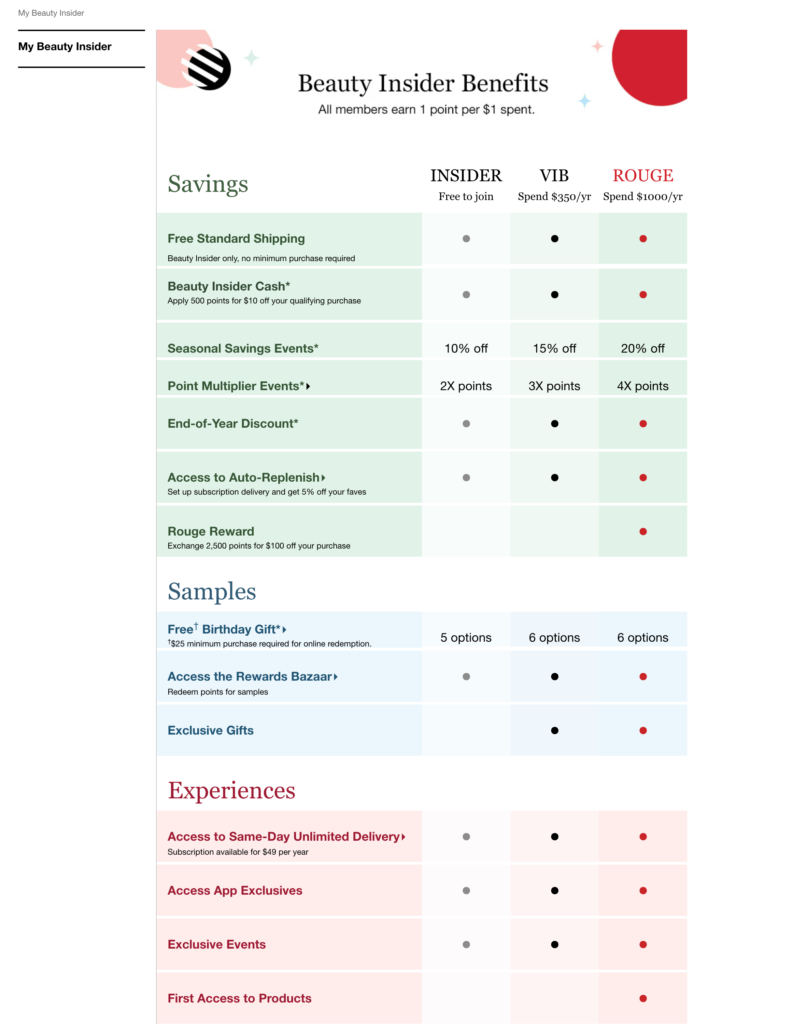
In addition to revenue, a community strategy can also have a positive impact on brand equity, commitment (which is far better in a community than on social networks) and customer retention rates – provided it is properly implemented…
But don’t get ahead of yourself!
Brands often confuse their followers on social networks with members of a community. There’s a big difference!
Your followers (and more generally, your audience) are the individuals who follow your publications and online content in a rather passive way. They interact with your brand from time to time, through a like, a comment or a message. However, the relationship usually ends there – and on social networks, it’s still very difficult to convert followers into customers.
In the community, however, members interact not only with your brand, but also with each other. They exchange tips, start conversations, create value for each other… In short, in a community, there’s much more action and interconnection between individuals than on social networks. And that’s why social networks aren’t generally suited to fostering community interaction!
To launch a successful community, you’ll need several ingredients. Starting with the right tool…
From followers to community members: the essential ingredients for creating a community
- The right tool to encourage conversation
In a community, the success of your strategy depends above all on interactions between members. If there’s no conversation, there’s no life. And the community soufflé runs the risk of falling as quickly as it rose…
To avoid this unpleasant situation, you need to choose the most suitable tool for hosting your community.
Depending on the profile of your members (and the size of your community), you have several options: some brands choose to host their communities on Discord (like the Adobe creative community), others, like CFO Connect, prefer Slack, whilst others choose more advanced tools like Circle, an all-in-one community platform.
- A solid content and animation strategy
The second stop on the road to an engaged community: the engagement strategy. Because, unfortunately, a community doesn’t animate itself!
To bring it to life, you’ll need to devise a real strategy based on relevant content that will capture the interest of your members and encourage them to get involved in animating your community.
In-depth articles, guides, podcasts… It’s up to you to identify and test out the subjects and formats that will hit the nail on the head!
- Events to unite your members
An essential component of a community animation strategy. Events (online or offline) are an opportunity for your members to forge links with each other, and thus strengthen their attachment to the community.
For example, at Team for the Planet, a company that fights climate change, an online event is organized every week, during which community members can ask questions and interact with the team. Other communities prefer to get together less frequently, but more intensely, like the Harley Davidson community, which has been meeting for 83 years at the Sturgis Motorcycle Rally, bringing together nearly 500,000 motorcycle enthusiasts for ten days every year.
From passive audiences to an active community
As you can see, far from the top-down relationship that often dictates the relationship between brands and their followers on the networks, the community approach requires you to involve your members in a much more participative, co-creative relationship.
The other sine qua non of a successful community? Finding the right balance between the value your brand offers its members, and the business objectives supported by the community strategy…





